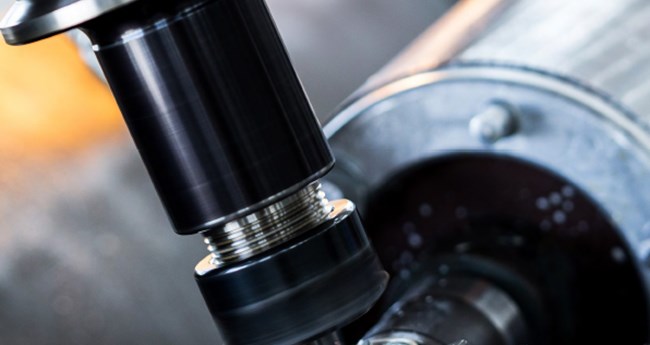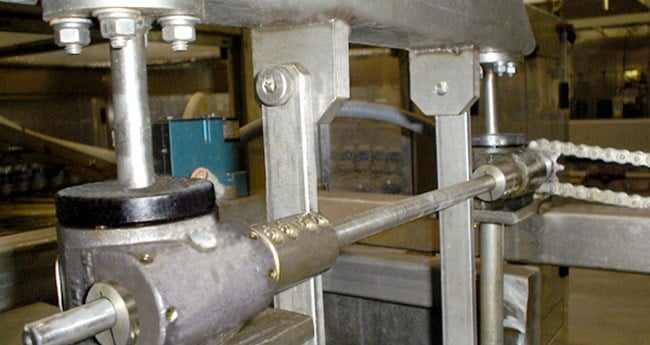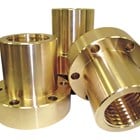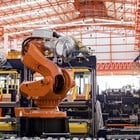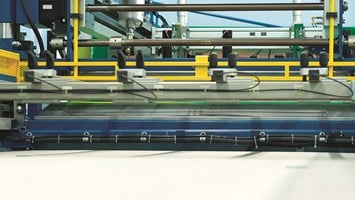
Hydraulic vs. Electric Linear Actuator: Which is Best?
When buying a linear actuator, it’s important to choose a product that will fit best with your application and specific demands. Whether you want a high load capacity, a longer duty cycle or something that requires very little maintenance, you’ll need to research each ‘type’ of actuator thoroughly.

 India - EN
India - EN


